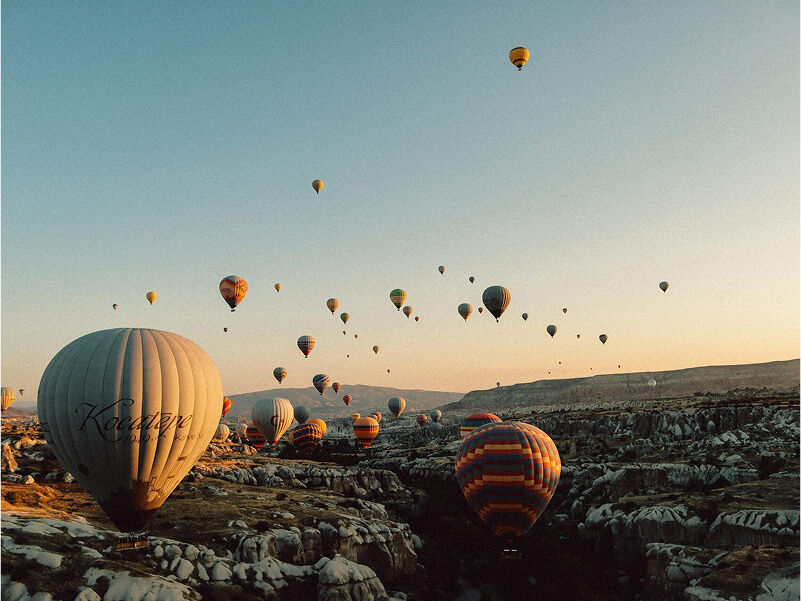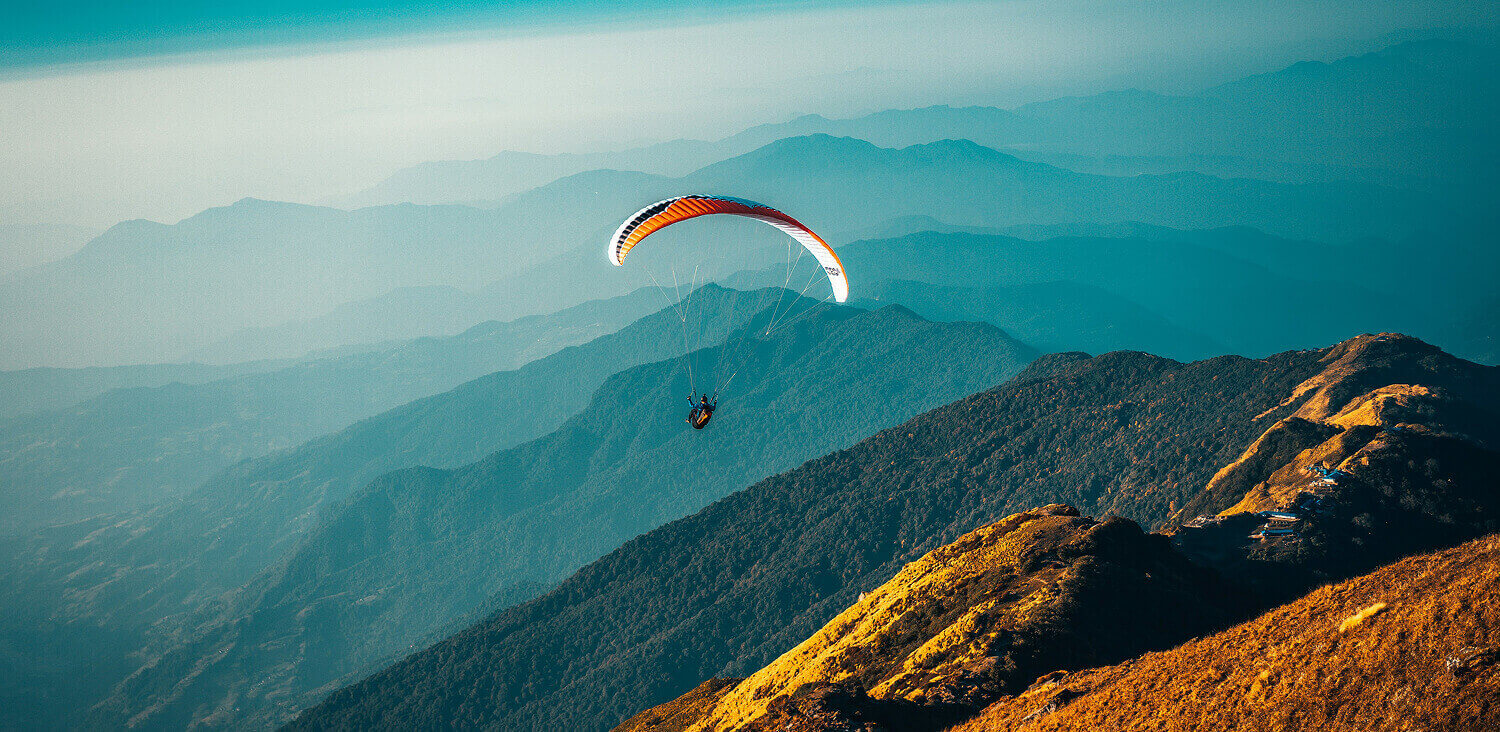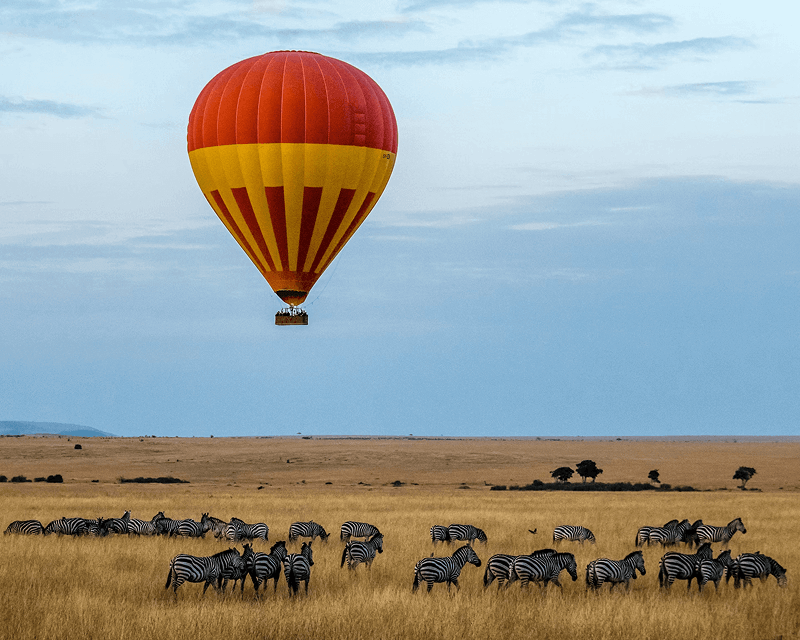

Cappadocia is not a destination. It's a dreamscape — a surreal patchwork of volcanic rock valleys, cave-carved homes, and skies speckled with hot air balloons at dawn. Located in central Turkey, this otherworldly region promises more than just Instagram-worthy moments. It offers stillness, history, adventure, and a kind of natural poetry that's hard to find elsewhere.
When I first saw the floating images of colorful hot air balloons rising above sculpted valleys, I dismissed it as one of those over-edited travel illusions. But the moment I arrived in this volcanic wonderland, I realized nothing can prepare you for its raw, moon-like terrain and the silence that echoes between its carved hills.

"Some journeys don't take you away from yourself — they take you deeper into who you are. Cappadocia is one of them."
If you want the real Cappadocia experience, you set your alarm for 4 AM. Not for Instagram clout, but because watching the land wake up from above is pure magic. Hundreds of balloons inflate like giant sleeping animals, lit by bursts of flame. And then, one by one, they lift.
Suspended in the air, silence replaces the noise of life. Below you, the land rolls in waves of rose, gold, and ochre. It feels like time folds in on itself. Whether you're a first-time visitor or a seasoned traveler, nothing quite matches the serenity of Cappadocia from the sky.
The cave hotels here aren’t a novelty. They’re a dialogue with the past. Many were once monasteries, carved directly into the rock by early Christians. Staying in one means trading ceilings for stone arches and Wi-Fi for candlelit alcoves.
I stayed at a small family-run boutique nestled in the heart of Goreme. Mornings began with the smell of fresh simit and Turkish coffee. Nights ended with the call to prayer echoing across the valley and stars so bright, you feel exposed.
These caves don’t try to impress you with luxury. They ground you. The air is cool. The walls breathe history. It’s humbling.

Yes, Cappadocia is famous for its balloons. But if that’s all you do, you’ll miss the point.
Hike through the Ihlara Valley, where monasteries cling to cliff walls and the Melendiz River flows like a whisper. Sit in silence inside an abandoned chapel. Ride horses at dusk through Red Valley, where the setting sun burns the stone into gold.
And if you’re feeling brave, descend into the underground cities. Imagine entire communities surviving for months beneath the earth, escaping persecution. You can still feel their presence. It’s not spooky. It’s sacred.
The cave hotels here aren’t a novelty. They’re a dialogue with the past. Many were once monasteries, carved directly into the rock by early Christians. Staying in one means trading ceilings for stone arches and Wi-Fi for candlelit alcoves.
I stayed at a small family-run boutique nestled in the heart of Goreme. Mornings began with the smell of fresh simit and Turkish coffee. Nights ended with the call to prayer echoing across the valley and stars so bright, you feel exposed.
These caves don’t try to impress you with luxury. They ground you. The air is cool. The walls breathe history. It’s humbling.

Cappadocia isn’t fast. It forces you to slow down. To notice how light bends in the morning. How wind reshapes rock. How simple bread, olives, and cheese can taste like a feast when you’ve hiked all day.
It’s the kind of place where you forget your phone and remember how to breathe. Where time isn’t measured in minutes, but in moments that stay.
And when you leave—because sadly, you must—you don’t just pack up souvenirs. You carry stillness with you.
If you ever find yourself needing to disappear and return a little changed, let Cappadocia be that place.

April 10, 2025
From Ubud’s sacred temples to Seminyak sunsets — here’s how to soak in Bali in just one week.